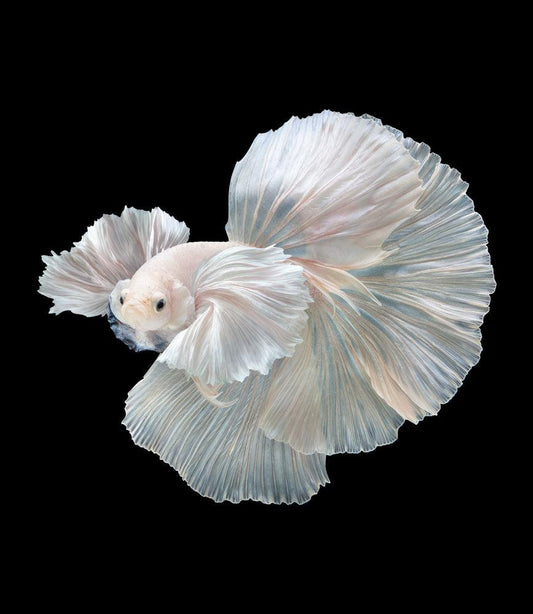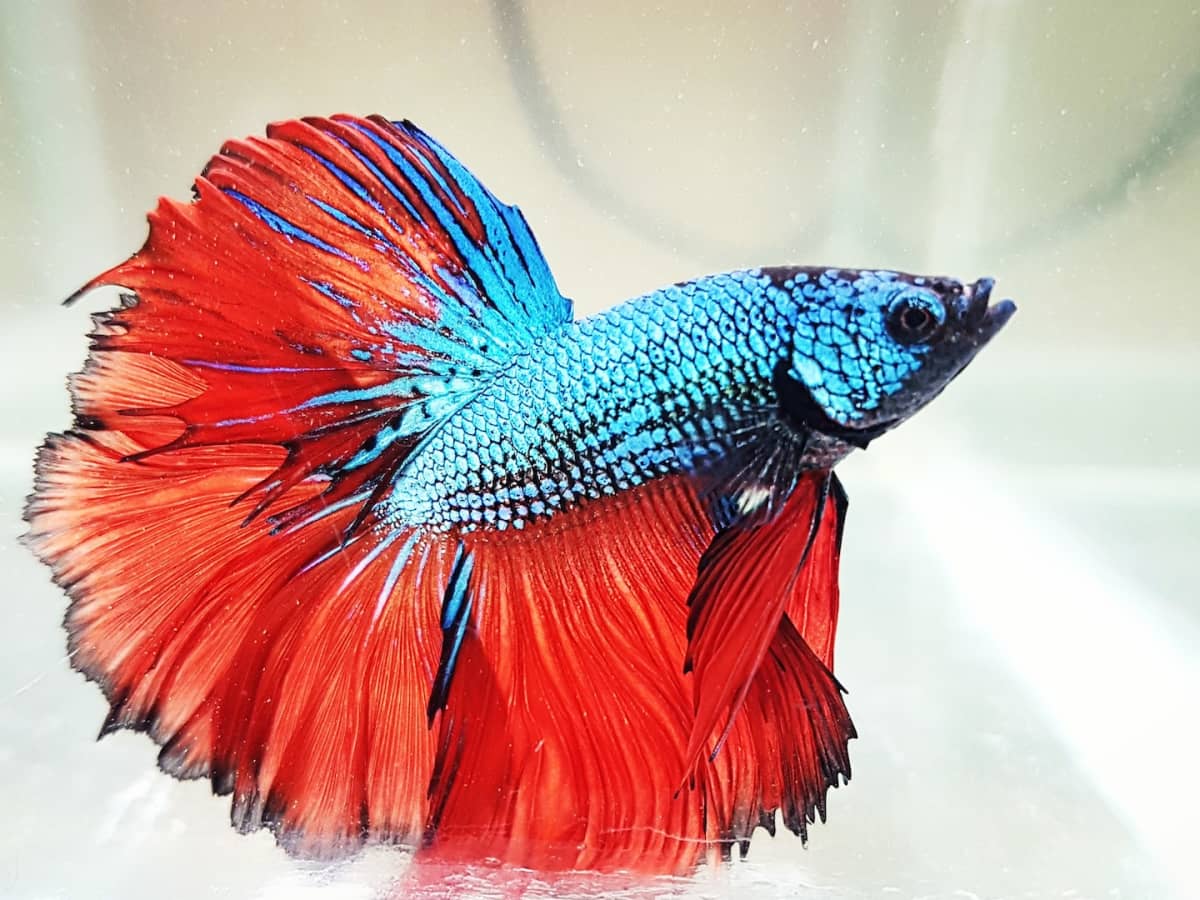Just how to Produce the Perfect Betta Fish Habitat in the house
Just how to Produce the Perfect Betta Fish Habitat in the house
Blog Article
Breeding Betta Fish: a Comprehensive Step-By-Step Guide to Efficiently Raising Infant Bettas From Eggs to Their Adult Years
Reproducing Betta fish is a meticulous venture that requires cautious planning and implementation to guarantee the successful development of fry from eggs to grow fish. Choosing genetically diverse reproduction pairs with desirable attributes is just the beginning; producing an optimal environment and recognizing the complexities of the reproducing process are similarly vital. As the male Betta diligently constructs a bubble nest and guards the precious eggs, the succeeding stages of care and transition need focus to detail and expertise of best practices. Just how does one browse the tough yet satisfying path of supporting these dynamic creatures to their adult years?

Choosing Reproduction Pairs
When embarking on the trip of breeding Betta fish, selecting the appropriate reproduction sets is essential to achieving desirable characteristics and a healthy family tree - betta fish. The initial step in this procedure is to recognize the certain characteristics you desire to improve or preserve, such as shade, fin type, and physique. It is important to select genetically diverse sets to stay clear of inbreeding, which can bring about health concerns and unfavorable qualities
Review prospective reproducing prospects meticulously. A healthy and balanced male Betta must exhibit lively colors, an active attitude, and well-formed fins, while the lady must likewise show dynamic coloration and a rounded tummy, suggesting preparedness for spawning. Observing the character of both fish is vital, as hostile or extremely reluctant individuals may not reproduce efficiently.
Documents of lineage is just as crucial. Maintaining records of the parent fish's origins can aid you track genetic characteristics and prospective problems. Furthermore, seek advice from trustworthy breeders or online sources for guidance on choosing suitable pairs. Ultimately, investing time in the option procedure will considerably enhance the possibility of producing solid, lively offspring that satisfy your breeding goals (betta fish).

Preparing the Breeding Storage Tank
Creating an optimum reproduction environment is a vital step after picking suitable pairs for Betta fish. The reproduction container ought to be specifically made to give convenience and stimulate the all-natural breeding behaviors of the fish. Start with a storage tank dimension of at least 10 gallons to make sure sufficient room for both the male and female Bettas.
Preserve a mild filtration system to keep the water tidy while preventing strong currents that can emphasize the fish. Additionally, an air stone can be contributed to supply oxygenation without interrupting the water surface as well a lot.
Temperature level policy is important; go for a steady variety of 78-82 ° F(25-28 ° C) using a reliable heating unit. The pH level must be preserved between 6.5 and 7.5, and normal water adjustments are required to guarantee high water top quality.
Integrate drifting plants or spawning mops to produce hiding spots for the woman, while likewise urging bubble nest building by the male - betta fish. Make certain the storage tank is complimentary from sharp designs and any kind of possible hazards, as the well-being of the fish ought to constantly be prioritized during this crucial phase of reproduction.
The Breeding Refine
Typically, the breeding process for Betta fish includes a collection of distinct and visible actions that indicate preparedness for reproduction. The male Betta starts by developing a bubble nest at the water's surface area, which functions as a site for the fed eggs. This nest is critical, as it gives a risk-free environment for the eggs until they hatch out.
As soon as the nest is developed, the male will certainly display courtship behaviors, such sites as flaring his fins and exhibiting vibrant shades to draw in the woman. The lady, upon sensing the male's readiness, will respond by presenting upright red stripes along her body, signifying her receptiveness.
The fertilized eggs after that drop to the bubble nest, where the male very carefully gathers and returns them to the nest. Following this, the male assumes responsibility for safeguarding the nest and making certain the security of the eggs till they hatch out, typically within 24-36 hours.
Caring for Betta Fry
Caring for Betta fry needs mindful focus to their atmosphere and nutrition to make certain healthy and balanced growth and advancement. After hatching out, Betta fry are incredibly tiny and vulnerable, requiring a stable and tidy environment.
Feeding Betta fry is equally vital. Originally, they ought to be supplied infusoria or carefully useful source crushed high-grade fry food, as their mouths are also tiny to manage larger bits. As they expand, you can gradually present larger foods, such as child brine shrimp or powdered flakes, to guarantee they receive sufficient nourishment. Feed them percentages several times a day, taking care not to overfeed, which can result in water high quality problems.
Transitioning to Grownup Bettas
As Betta fry fully grown, transitioning them to adult Bettas is a critical phase that requires cautious management of their atmosphere and social communications. This process generally starts when the fry get to around six weeks old, whereupon they can be progressively presented to an extra structured living setting.
To promote this transition, it is essential to guarantee that the water parameters-- such as temperature level, pH, and ammonia degrees-- are ideal and secure. Grown-up Betta fish prosper in warm water (around 78-80 ° F) with a pH of 6.5 to 7.5. Progressively accustom the fry to these problems to lessen tension.
Social communications are another essential factor; man Bettas are notoriously territorial and hostile. It is suggested to separate men into individual storage tanks as they mature. Women Bettas can be housed together, however treatment ought to be required to keep track of for indications of hostility.
Additionally, dietary adjustments should be made as the fry grow. Integrate premium visite site pellets and live foods to sustain their growth and health and wellness. By managing these elements efficiently, you can advertise an effective transition to the adult years for your Betta fish.

Conclusion
Successful reproduction of Betta fish calls for careful interest to detail throughout the entire process, from picking genetically diverse sets to offering ideal take care of fry. By making sure appropriate reproduction conditions and preserving water high quality, the possibility of healthy and balanced children raises significantly. Furthermore, a well balanced diet and progressive adaptation to adult environments are critical for the development and growth of Betta fish. Following these actions faithfully fosters a flourishing populace of Betta fish, improving both their health and wellness and vitality.
Report this page